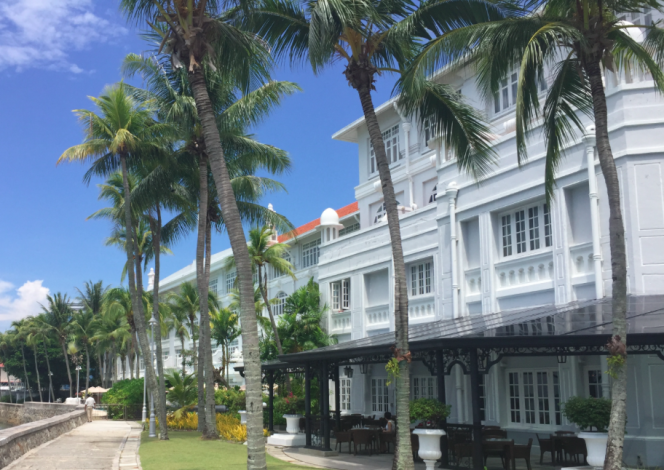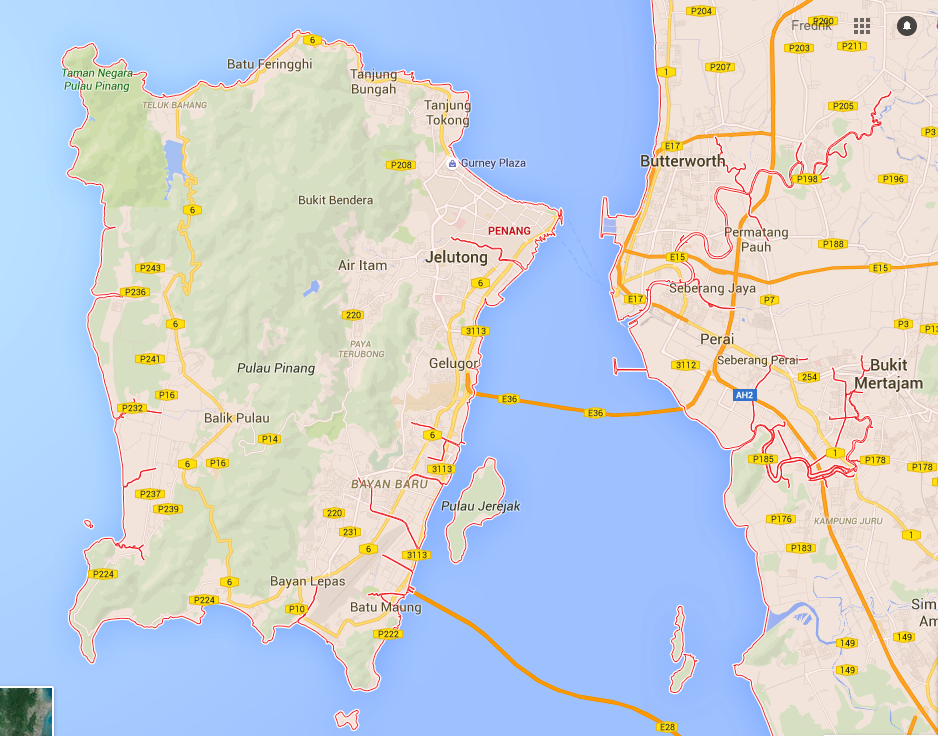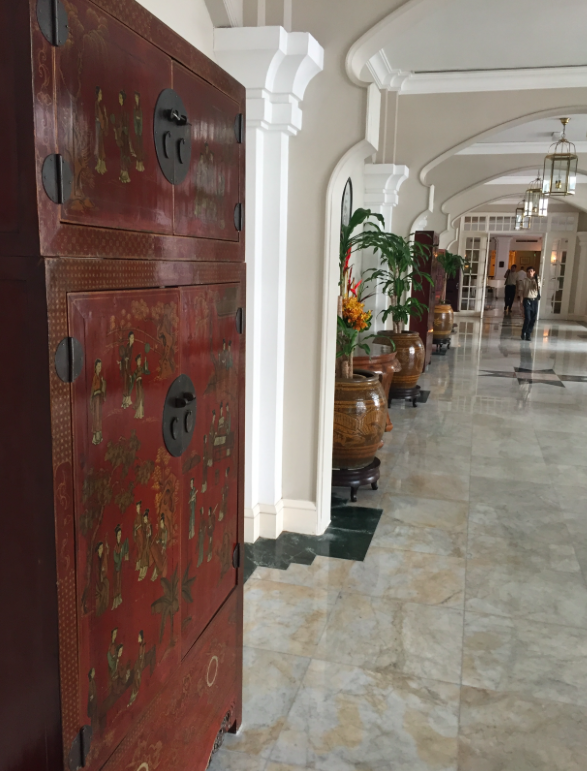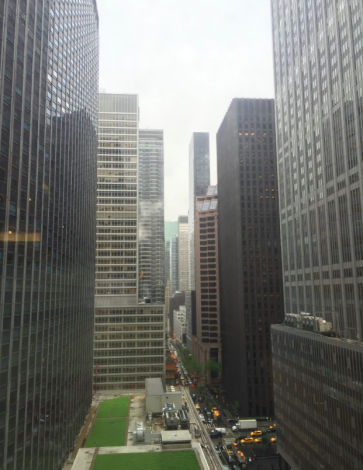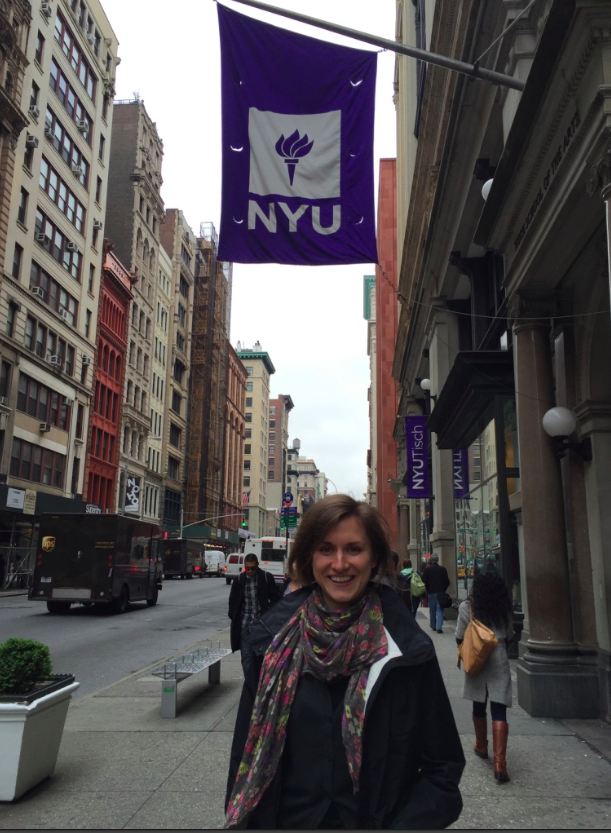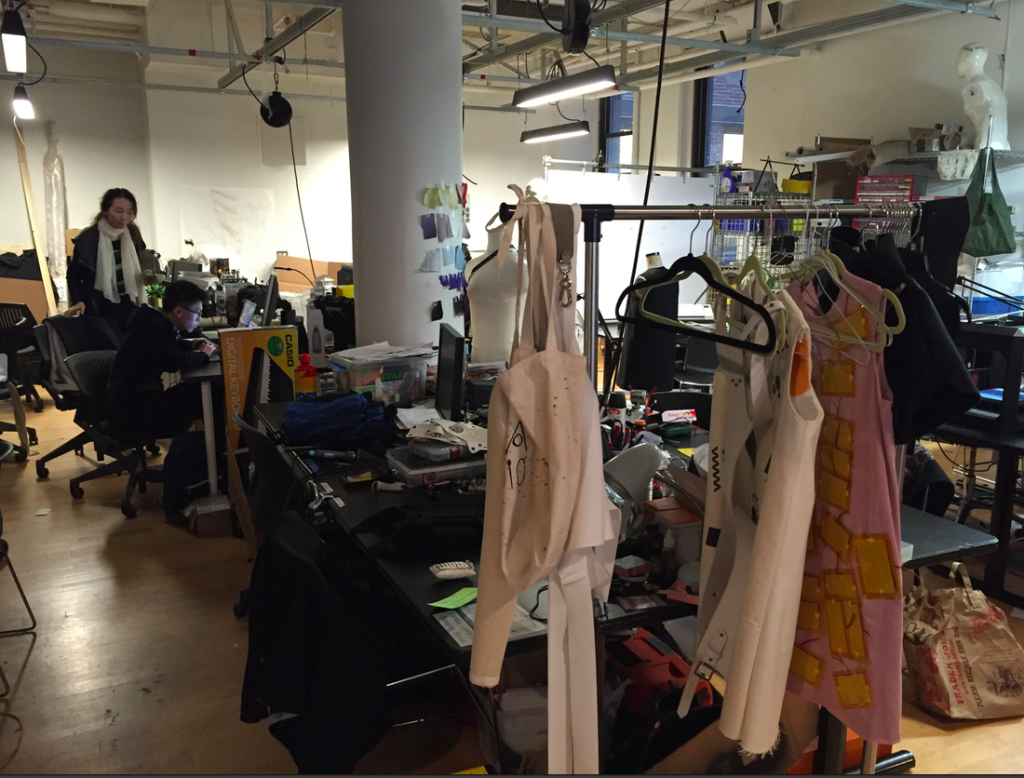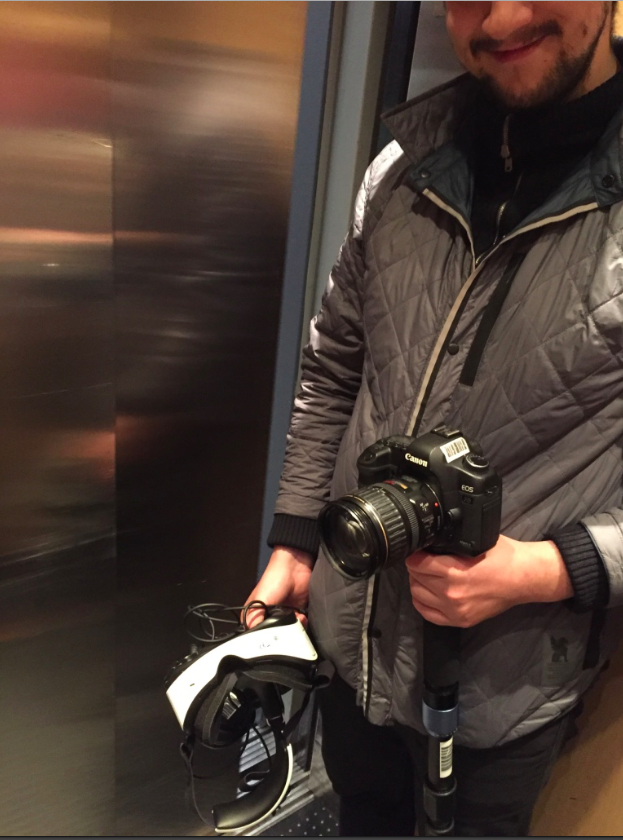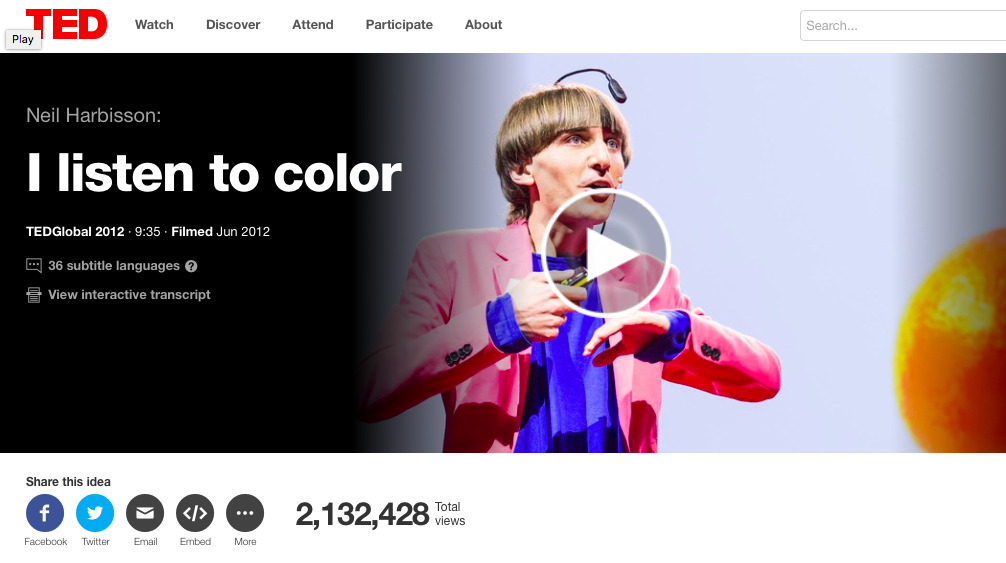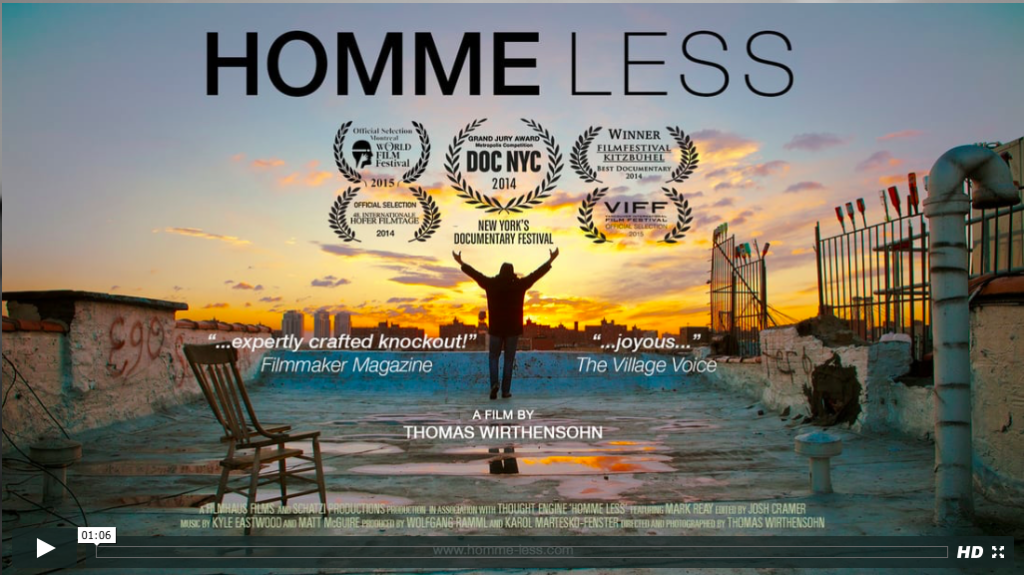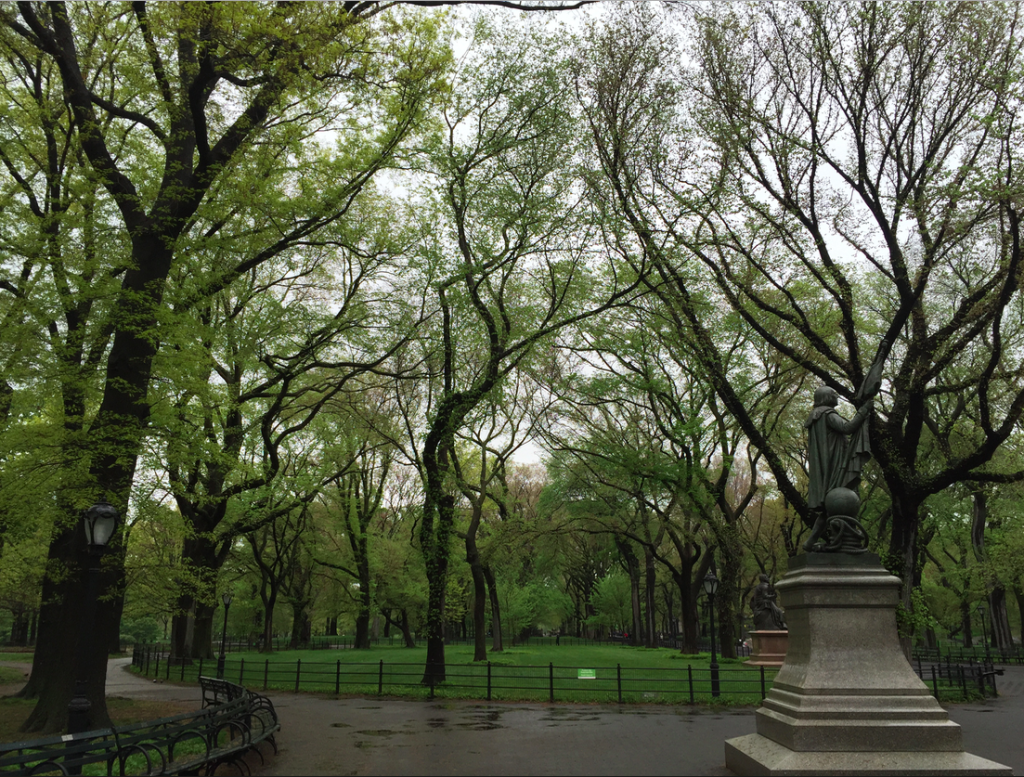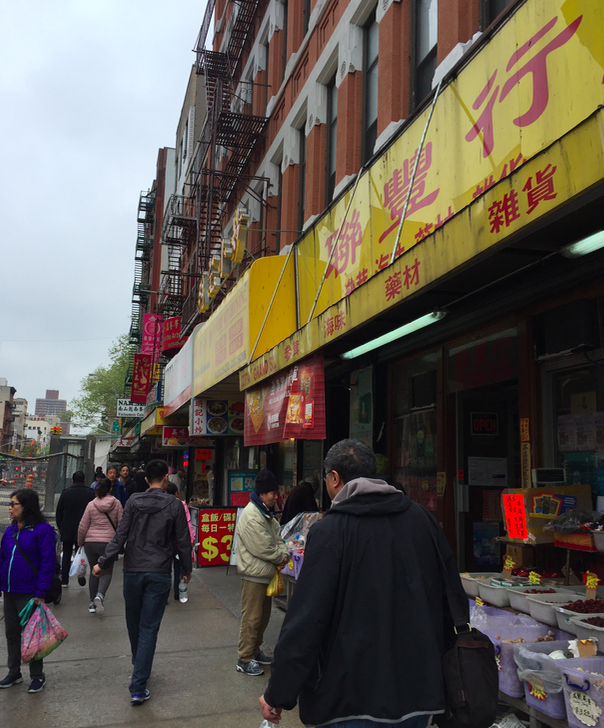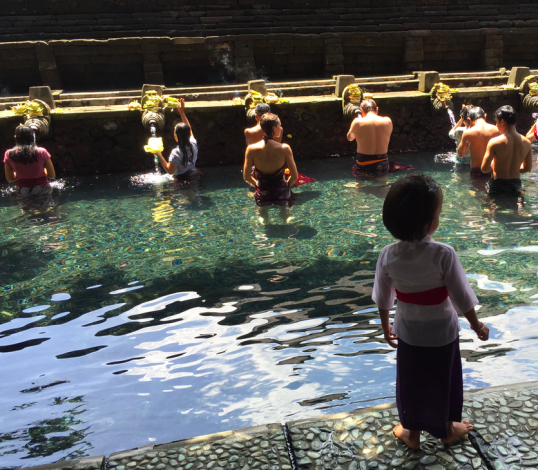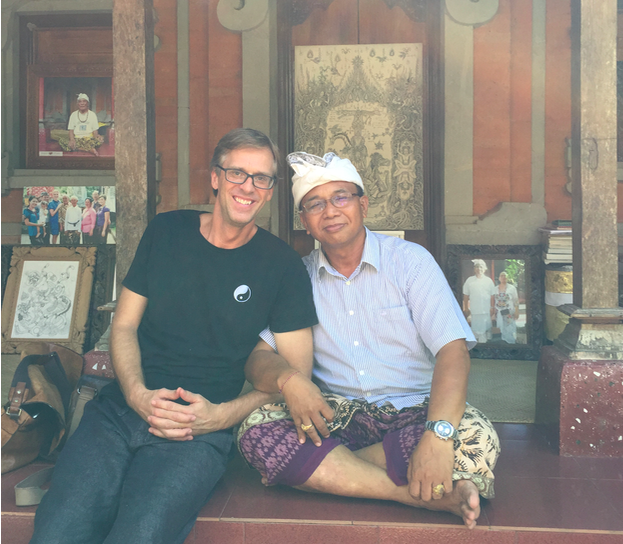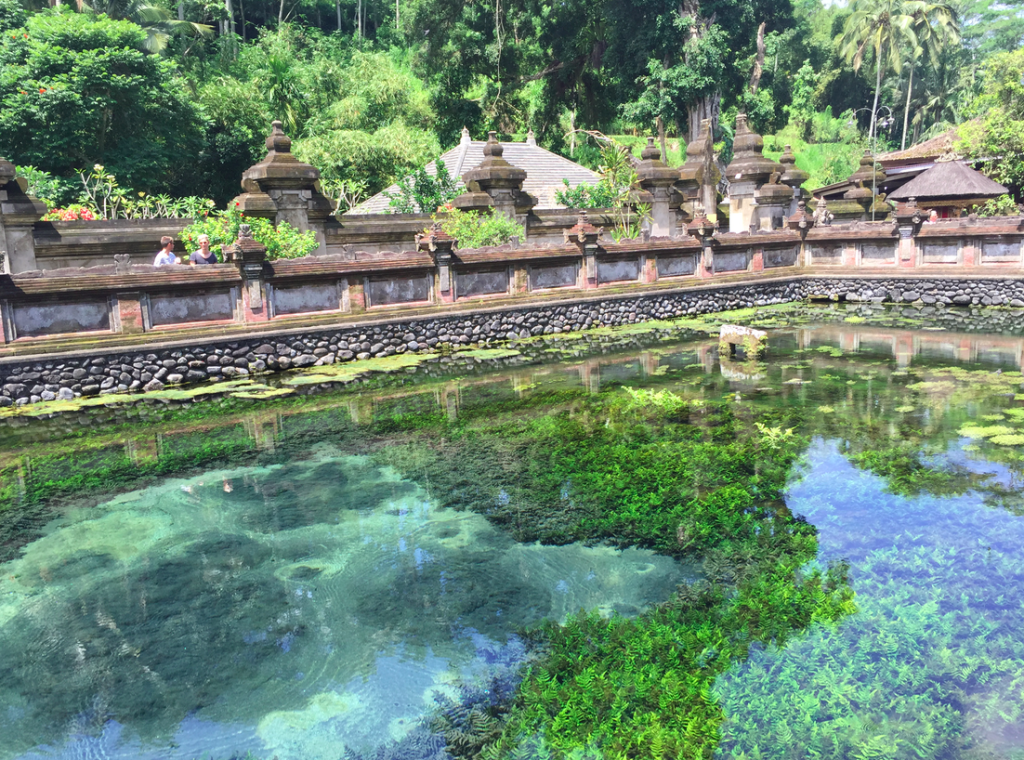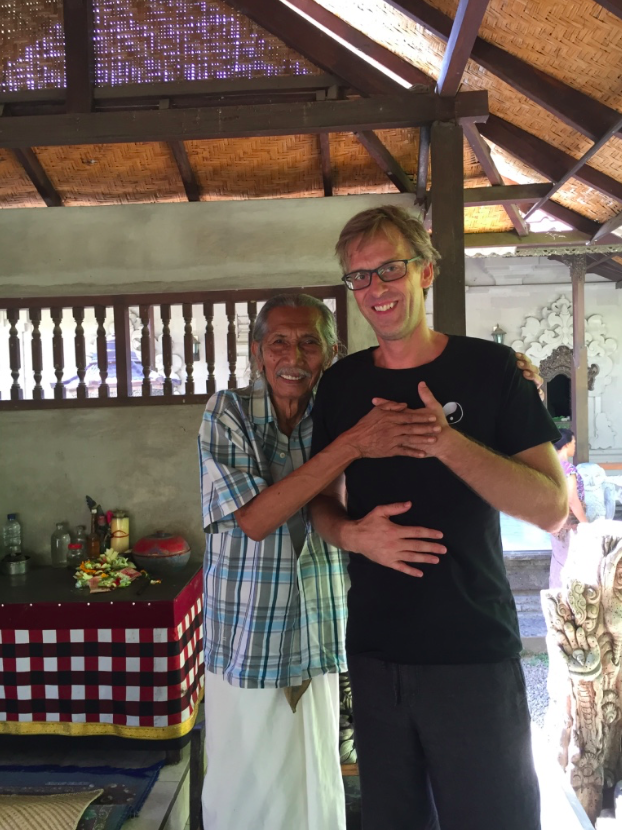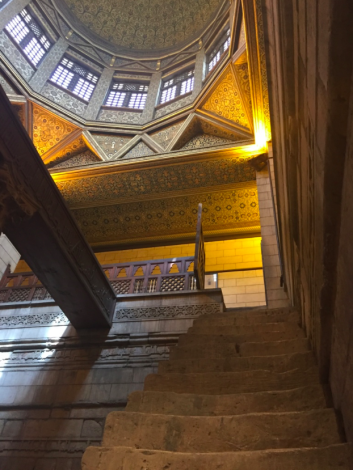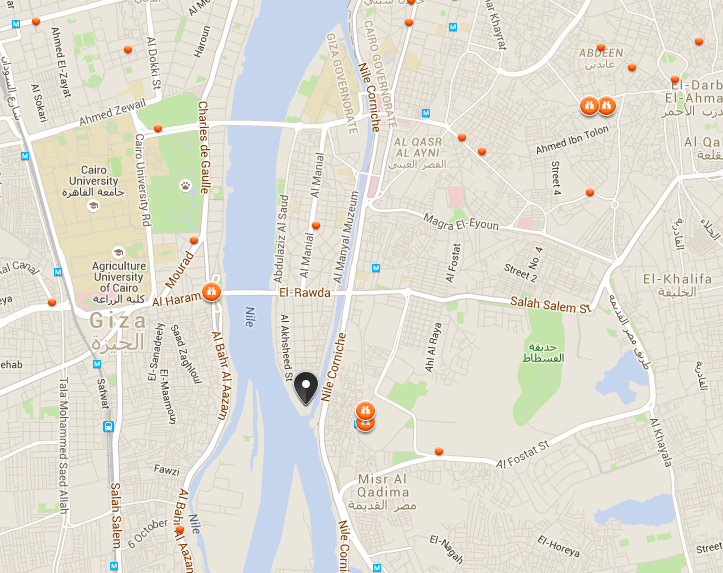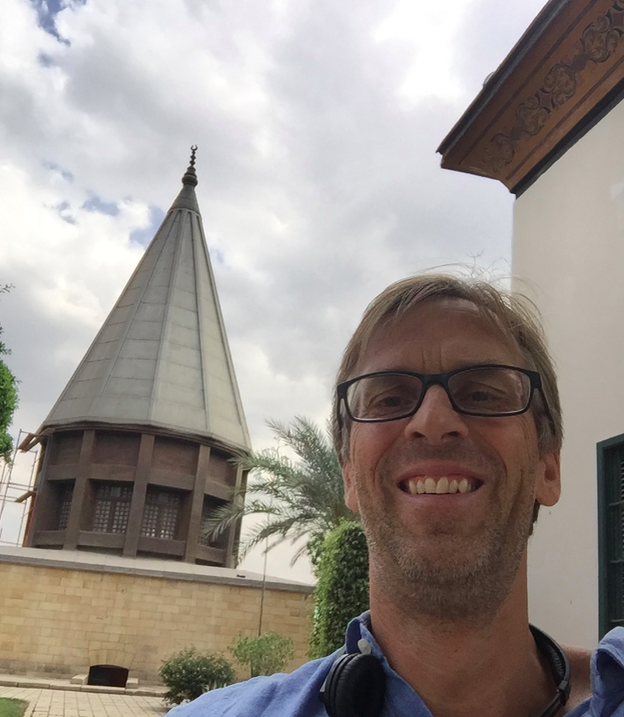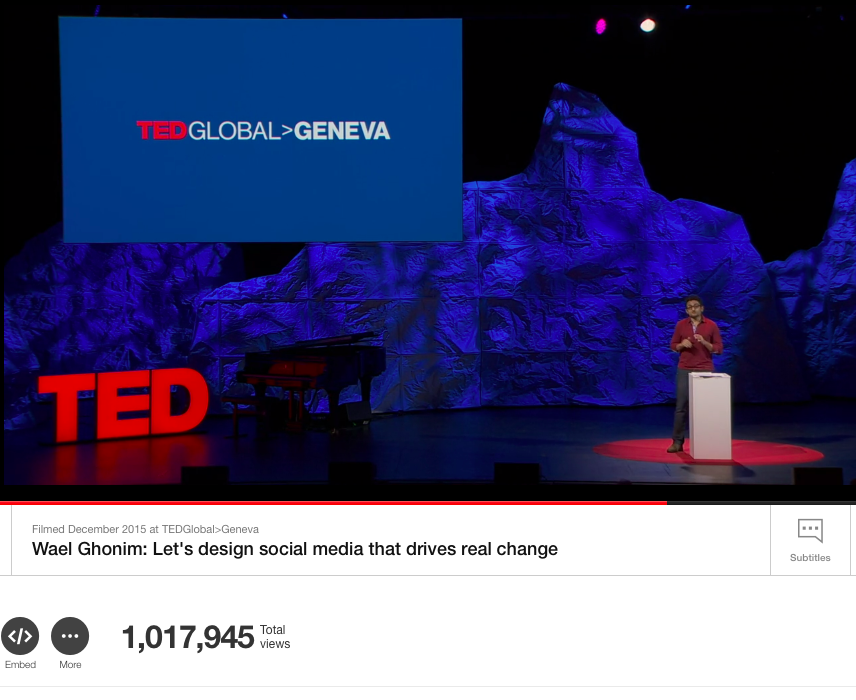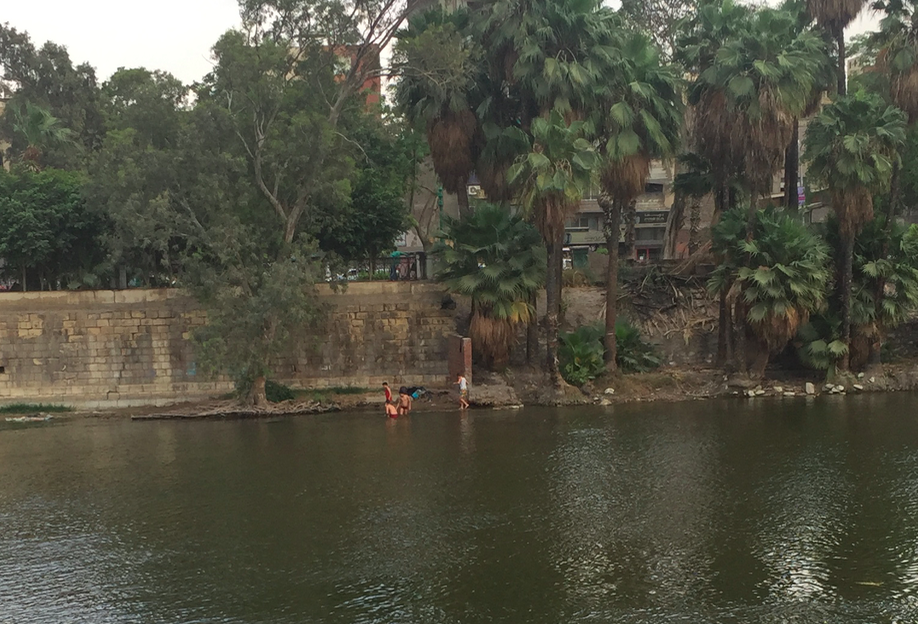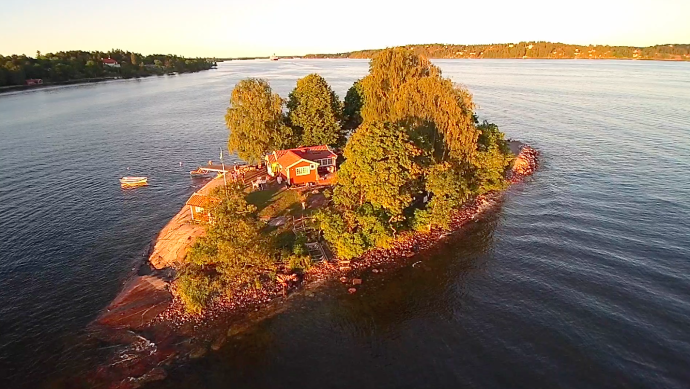
The island of Svanholmen, Sweden. Island number 12 (out of 100), country number 10 (out of 25), months number 7 (out of 100.)
“I am going to own my own island!”
That was the idea that popped up in my head in November of 1999.
To buy your own island is a bit of an unusual idea. To decide to buy an island in the end of November would, at first glance, seem like a terrible idea. (You see no-one sells an island in Sweden in the midst of winter! Why would you? No one can come and look at it, because all the boats have been taken out of the water. And even if you could come out to the island it would look gloomy and cold with all the trees lacking leaves and the grass being covered by snow etc.)
So if you want to sell an island in Sweden you do it in the summer.
Everyone knows that and that’s why islands are, generally, sold during the summer months.
That of course, also means that people interested in buying an island do not go looking in the middle of winter since they are assuming that no islands are for sale…
But I did.
I decided to look for islands for sale during winter…
And I found the most amazing, little gem of an island, and with a magical location too – it’s one of the 10 closest islands to Stockholm, less than 20 minutes away from the absolute city centre, yet without feeling like it is so close to the city.
Me and the real estate agent had to rent a taxi boat just to get out and look at the island.
I remember that is was cold, windy and icy on the island – but I just fell in love with it.
In the car going back to town I asked the agent how much the owner would agree to let the island go for, and to my surprise the agent bargained the price DOWN for me. (Turned out he was so un-interested in going back out to that cold, windy place that he just wanted the island sold as quickly as possible…)
I got the island for an absolute bargain.
And I managed to do that because I was the only person who was crazy enough to go looking for an island in the dead of winter. There were no other interested parties…
To me this is the perfect story about the value of not just “having” ideas (“I am going to buy an island”), but to also “act” on your ideas (“I will check if there are any islands for sale in November, and then actually checking that there was.)
The picture of the island you can see at the top of this post is taken from a drone video that I got done this summer.
I was sitting on the island and saw a guy flying a drone on the other side.
“Hm, it would be nice to have a drone video of the island”, I thought.
But having an idea will not make it happen.
Do make it happen we have to make it happen. 😉
So I jumped into my rowing boat and rowed over to the man and asked him if he wanted to fly his drone over to my island and film it.
He agreed but half way to the island the drone stopped.
Turned out the island was too far away for the drones radio coverage to reach.
I thought: “Too bad” and decided to row back.
But half way to the island I got another idea: “Hm, what if I row the guy out to the island?”
I turned the boat around and approached the guy again: “Would you, by any chance, be interested to get out to that island out there and film my island from there?”
Turned out that he did!
He had just bought his drone and was keen on trying different ways of filming.
So for the next 15 minutes he flew the drone around the island creating, what I think, is a stunning video of where I live for two months every summer.
I could have sat on my island and thought: “It would be cool to have a drone video of the island”, but it was the fact that I acted on the idea that made it happen – just like how my acting on the idea of buying an island 19 years ago made it happen.
I guess the lesson here is: acting on ideas makes ideas come true.
Make sure you have a lot of ideas, so many that you can make most of them die because you had better ones – but also make sure that, when the right idea presents itself, you step out of the “idea generation zone” and get into the “make it happen zone”.
I, for one, know I am happy that I did that cold, November day when I got the idea to buy an island – and then acted on it.
ps. (So why, did the previous owner decide to sell in the winter, when he could have gotten considerably more if he had waited till summer? Because it turned out that the previous owner, a rich guy, hated Swedish taxes, and in Sweden (at the time) you paid property tax based on what you owned on December 31st. And this guy just could not stand paying another krona in tax to the Swedish government. It was a matter of principal for him and he did not care about loosing money. I signed the contract on December 30th, paid the property tax, but saved a bundle on buying the island… 😉
(Click to see the drone video that was created for me. (I suggest you watch it in full screen mode.)
Fredrik Haren, aka “The Island Man”, plans to visit 100 islands, in at least 25 countries, on at least 6 continents – in less than 100 months. The purpose of this “World Tour of Islands” is to get a better understanding of the world, a deeper understanding of the people who live here and a broader understanding of life. The island of Svanholmen was island number 12, country number 10 and months number 7.
